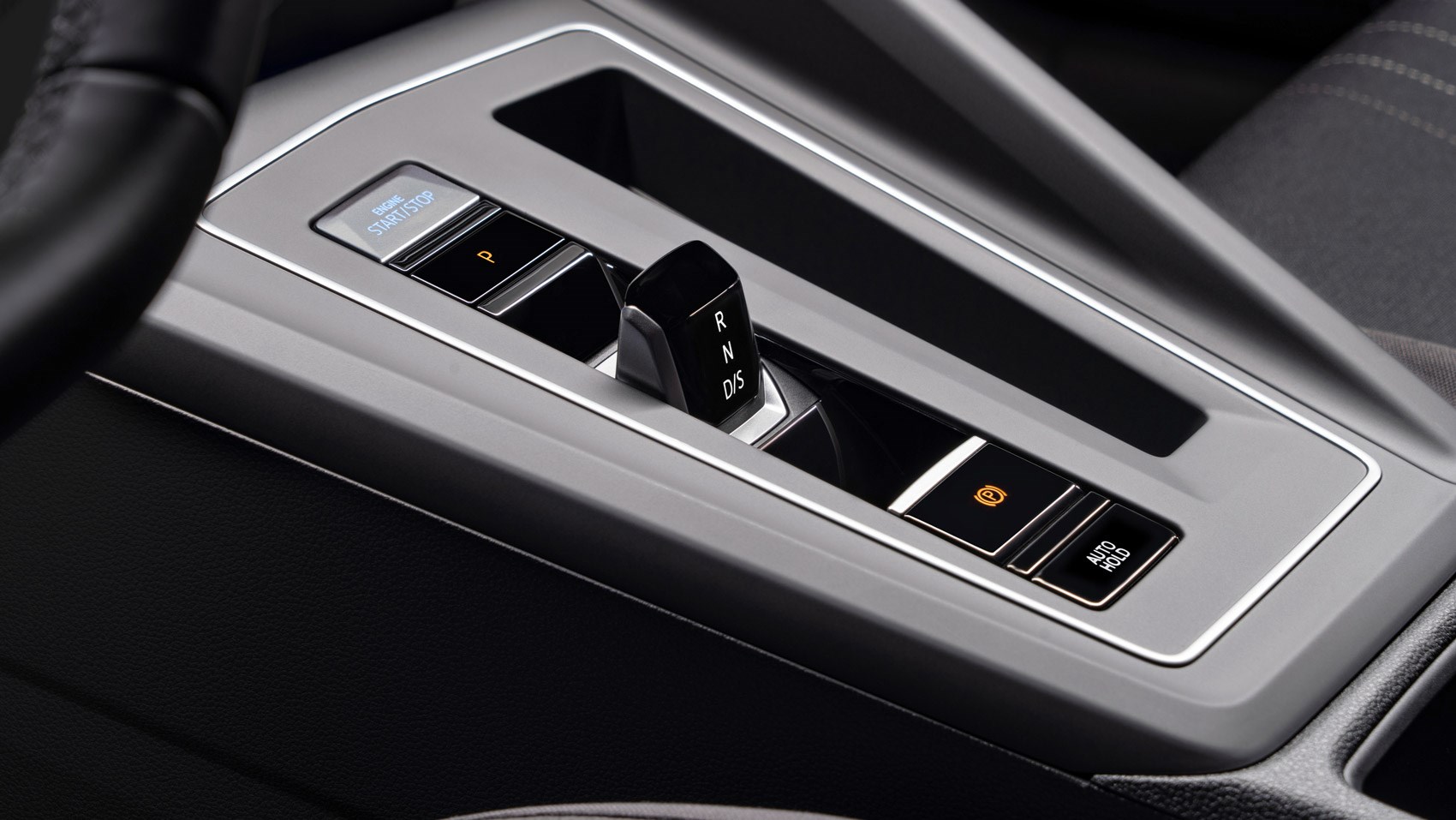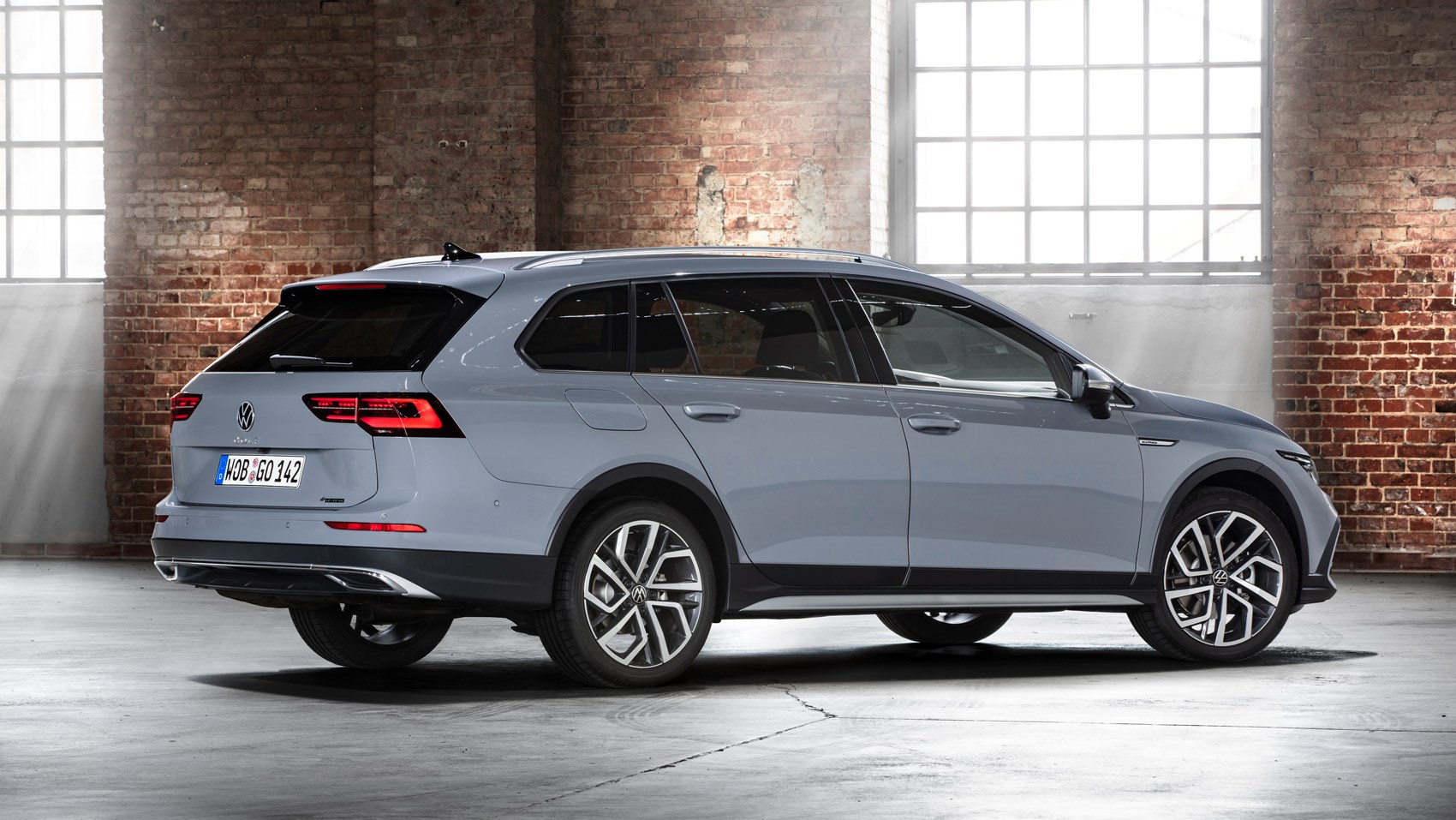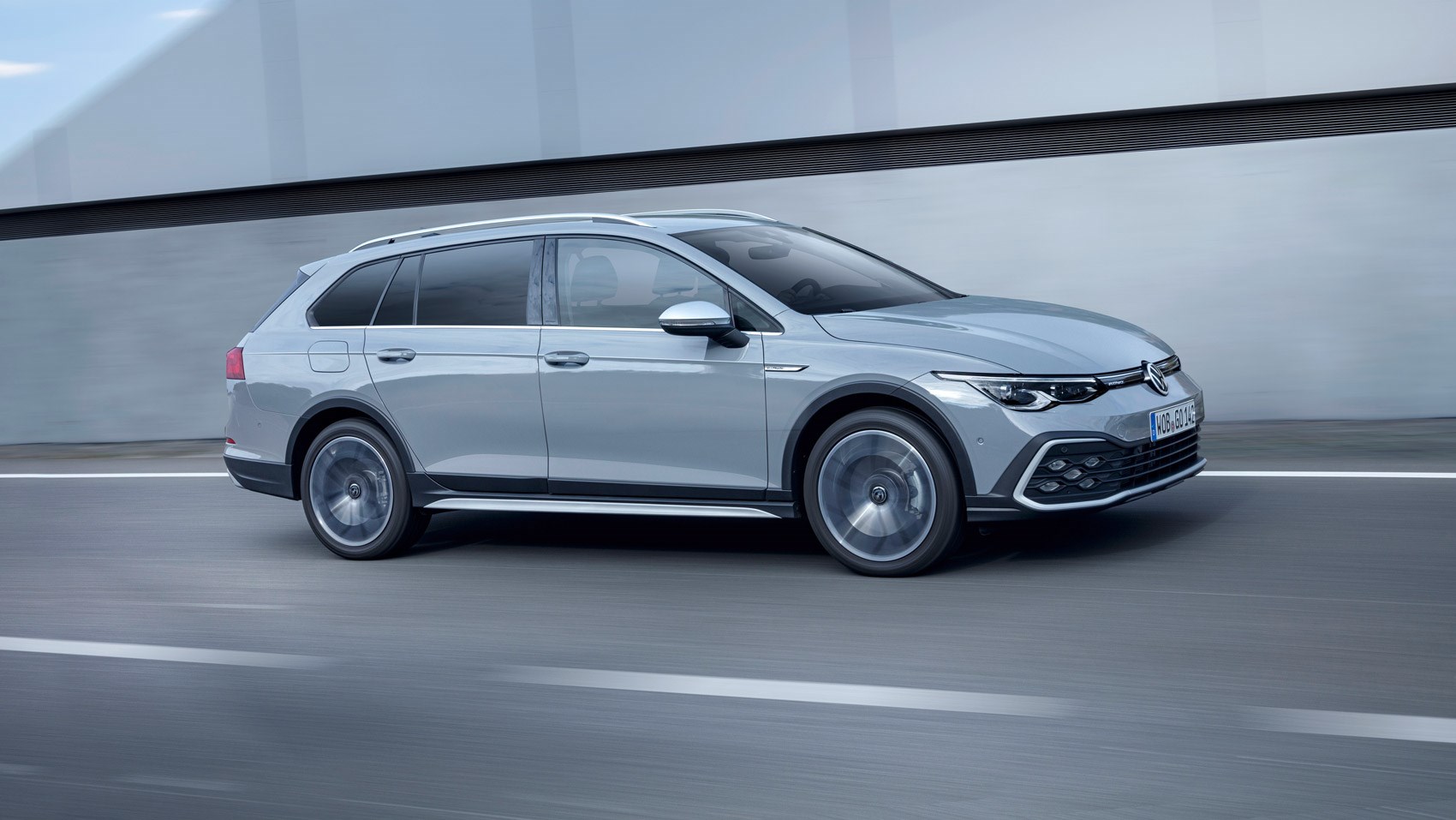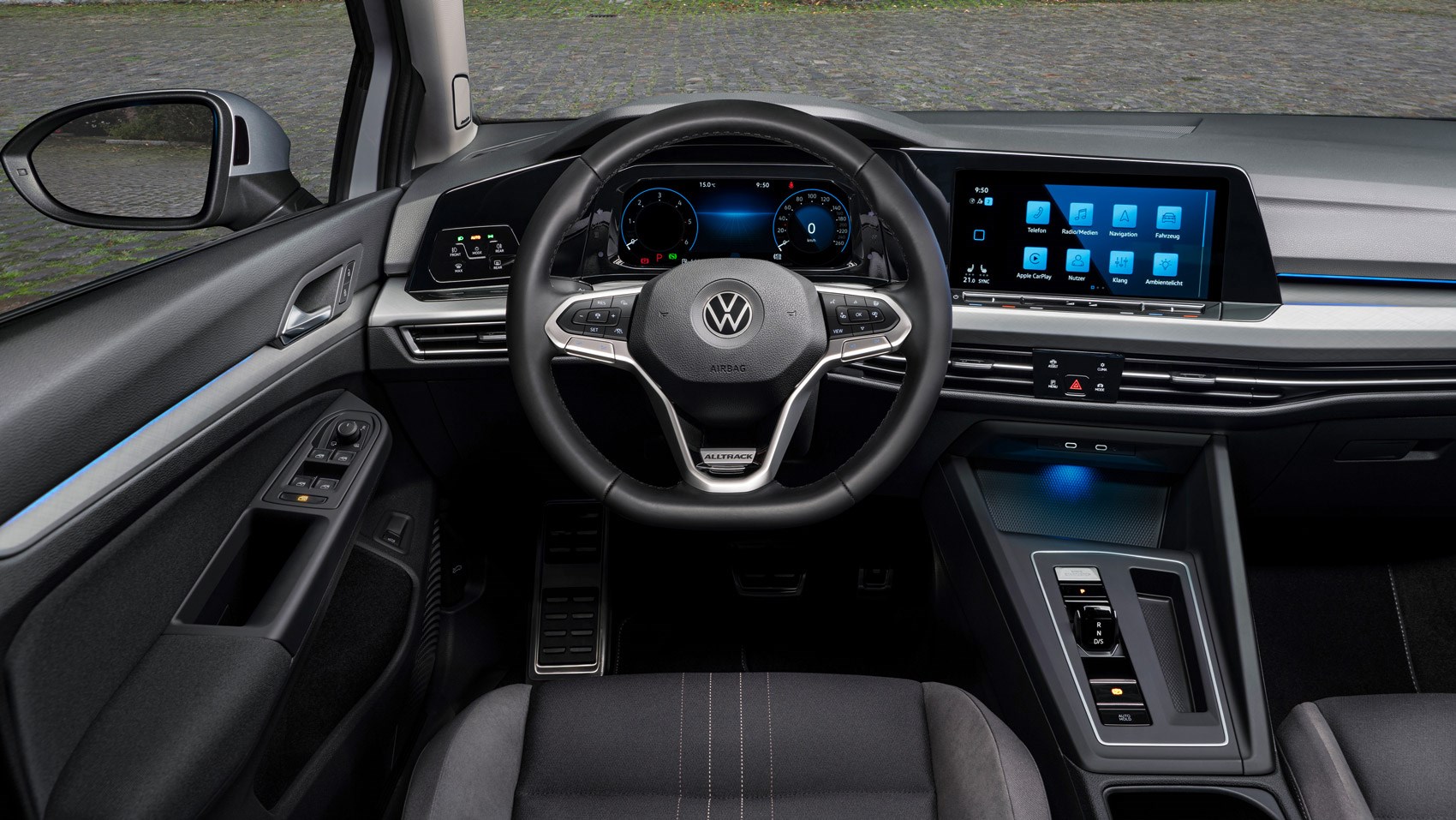►All-wheel-drive version of Golf Mk8 Estate
►Diesel engine and genuine off-road ability
►Why go for a taller, heavier SUV?
Yes, it’s back. Or, if you didn’t know there was such a thing as a four-wheel-drive Golf estate: look, this exists. For some reason, people who know all about Audi Allroads and Skoda Scouts and vRSs are only dimly aware of the Golf Alltrack. The idea’s been around, on and off, since the Country version of the Golf Mk2 – aimed chiefly at those who live in snowy places like Germany, where all-wheel-drive can be the difference between staying at home and going about your business – and makes a return now with the Mk8 Golf.
It’s understandable that the Alltrack hasn’t been the centre of attention, given the proliferation of other Golfs, and the frequent focus on the higher-performance models. But this is not to be mistaken for a Golf R, the all-wheel-drive hot hatch; the Alltrack is pretty swift, but it’s no performance car.
It may also have suffered some neglect because VW has been pretty busy launching flotilla after flotilla of crossovers and coupe variants thereupon. The Alltrack, with its relatively modest height and weight, might be seen as offering some internal dissent.
But theory aside, what is it, is it any good, and who’s it for?
So it’s just a slightly slower Golf R?
No, that’s actually way off. The single most important thing about the Alltrack is that it’s part of the Golf Estate line-up – the estate has a longer wheelbase than the hatch, and is longer overall, making more room for luggage and rear passengers. The Alltrack has all-wheel drive, complete with off-road mode, and compared to other Golf Estates the Alltrack sits a little higher.

That roominess is really useful. But do take note that in combination with the slightly raised centre of gravity and the 4Motion all-wheel drive, it changes the overall feel of the car. Not in a bad way, but in a way that makes it feel slightly less like a Golf, if you’re one of the many, many drivers who over the years has enjoyed the balance, responsiveness and nicely weighted controls that have remained more or less constant throughout the generations.
But don’t worry: it retains the sturdiness and easygoing nature that have also characterised most Golfs and, in a broader context, the handling, ride quality and braking are all perfectly decent.
What are my choices?
Minimal. Unlike previous Alltracks, this one doesn’t offer a variety of powertrains. You get a 2.0-litre turbodiesel and a seven-speed dual-clutch automatic gearbox, and you get one trim level.
Fortunately, the product planners who decided what that trim level should involve seemed to have a refreshingly clear idea of what the Alltrack is all about. So the visual changes over other Golfs are few – the bumpers, a modest bash plate – and the cabin puts function first (without, to be clear, going all agricultural). It’s comfortable, thanks to excellent seats in the front and the roominess of the back, but it’s not swanky – just what you want if you’re all about high miles, heavy loads and not much valet time.

There’s also a smartly chosen bunch of options. Towbar, panoramic roof and switchable suspension modes were among the extras fitted to our test car; all good, but contributing to the price ending up in the 40s.
How’s it drive?
Always good, sometimes very good. The steering has a natural, intuitive accuracy about it, without being particularly light. The brakes are powerful enough to take all the drama out of stopping a heavily-laden estate from immodest speeds. The suspension is a good compromise – not particularly sporty, but not over-soft either. The 2.0-litre turbodiesel is a strong, punchy engine, offering good pulling power for heavily laden journeys, or lively acceleration when you’re driving for the pleasure of it.

We also made the Alltrack drive across some fields – ruts, bumps, a bit of mud, rather than anything too Bear Gryllsy. It’s the sort of off-roading that the Alltrack was surely intended to take in its stride – farm tracks, festival car parks, that sort of thing, but not terrain that demands much ground clearance. And it did indeed take it in its stride.
I’ve heard some bad things about Mk8 Golfs…
Some of the switchgear is terrible. More precisely, the problem is where conventional switches have been replaced by haptic-feedback pads. For instance, our test car’s optional sunroof is opened and closed using a control above your head. Normally, it’s something you’d adjust on the move by feel alone. Here, I had to look up to see if I was prodding and poking at the right bit of roof. What a ridiculous backward step.

More generally, the infotainment is not the quickest or most intuitive, although you do quickly get used to what’s what, and you configure it in a way that suits you.
VW Golf Alltrack: verdict
There’s much about the Alltrack that’s excellent, but that doesn’t mean it’s the right car for everyone, or even the right Golf. If you like VWs generally and want an estate, a Golf is in many ways preferable to the meh Passat (but the Passat is roomier) or Arteon Shooting Brake.
But the Alltrack only makes sense if you think you will need the all-wheel drive now and again – because you live somewhere prone to getting snowed in, or you tow a boat on to a beach, for instance. Otherwise, you’re paying more, for a heavier car, that loses some of its dynamic sparkle for the sake of its extra practicality.
Alltrack or T-Roc? The T-Roc is a road car that tries to look a bit like an all-terrain car. The Alltrack is an all-terrain car that looks entirely at home on road. Both good, and with considerable overlap in their talents. Nice to have the choice.
Read more VW reviews here